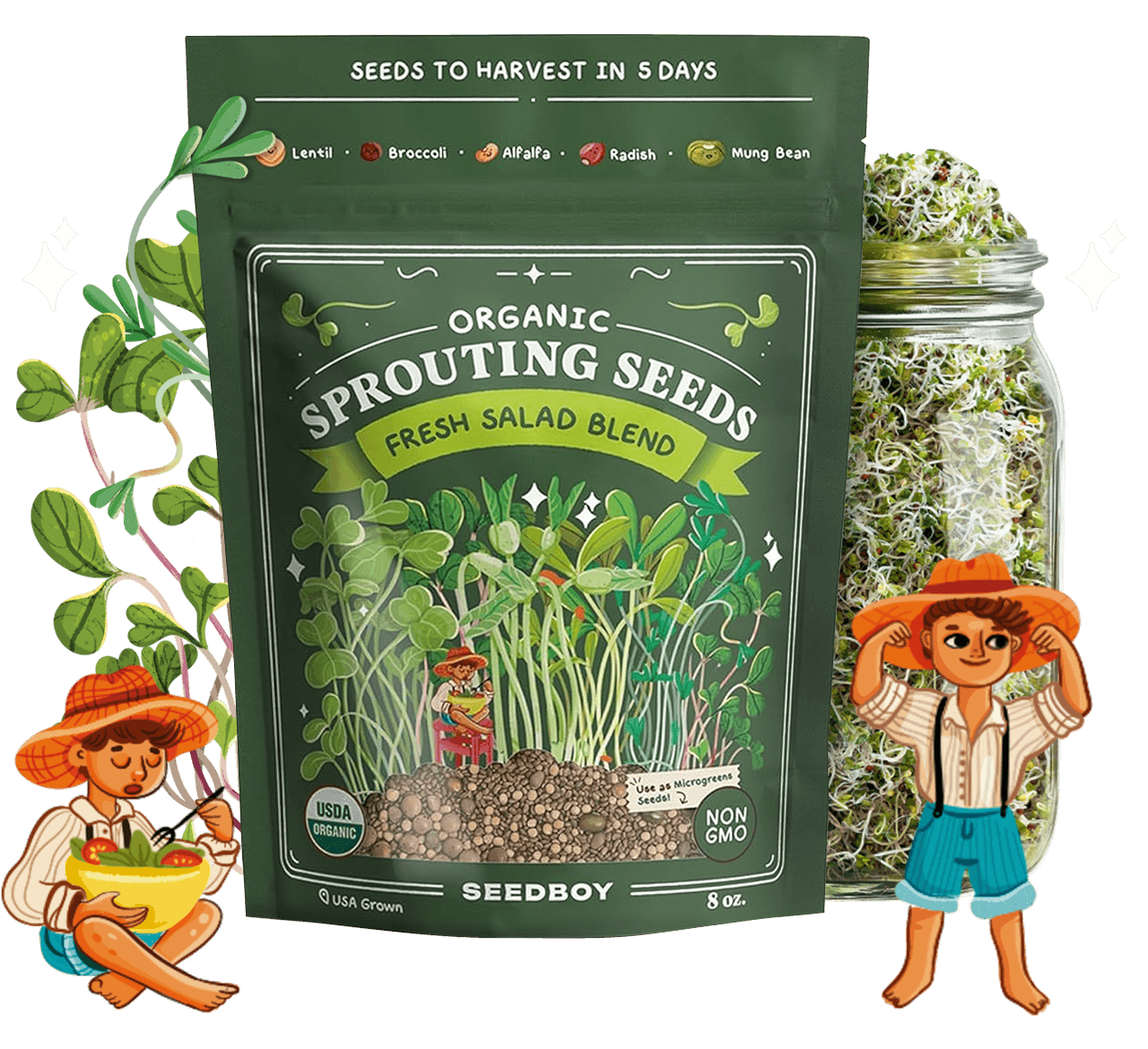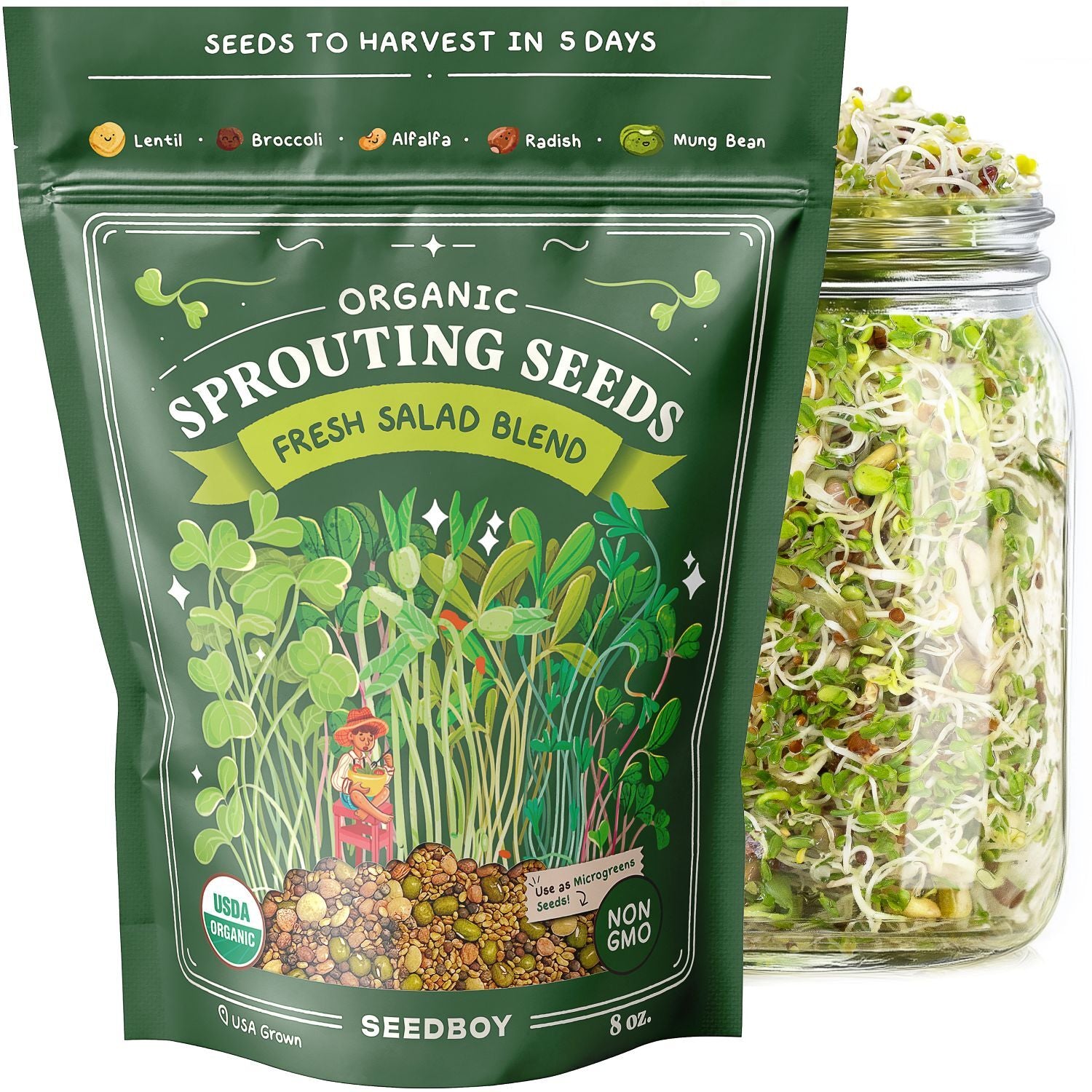
GROW GUIDE
Italian Flat Leaf Parsley
Petroselinum crispum
Plant Description
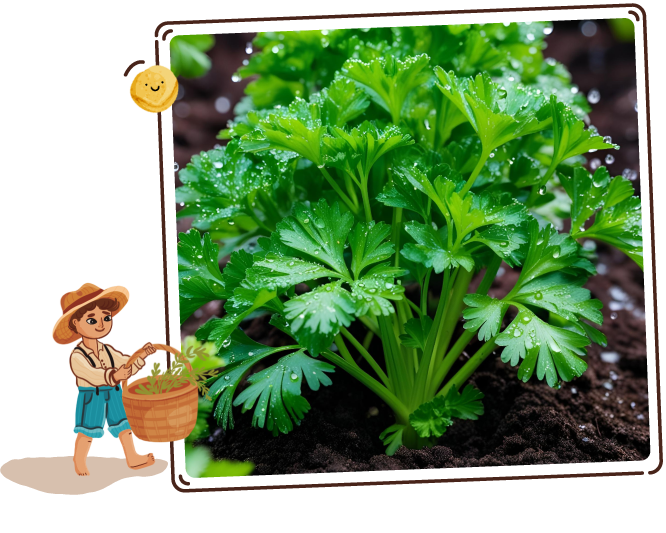
Italian Flat Leaf Parsley
A vibrant herb recognized by its flat, dark green leaves that extend from slender stems.
As a member of the carrot family, it is noted for its bright, refreshing flavor that brings a balanced bitterness to both classic and modern recipes.
Quick Facts:
-

Sun Requirements
Full Sun to Partial Shade
-

Days To Sprout
14-28 Days
-
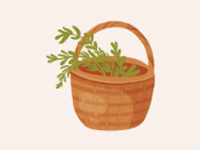
Days To Harvest
70-90 Days
-
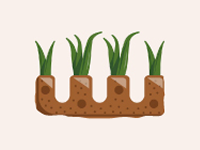
Plant Spacing
6-8"
-
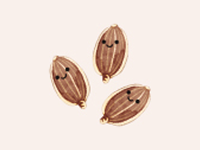
Seeds Per Hole
3
-

Planting Depth
1/4"
Best Planting Locations
-
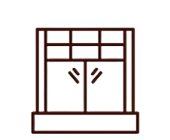
Windowsills
Ideal for small herbs, providing adequate sunlight.
-

Raised Beds
Excellent for outdoor growth with good drainage and soil conditions.
-

Indoor Gardens
Grow lights and hydroponic systems ensure optimal growth conditions year-round.
-

Containers
Patios or hanging baskets, allowing easy mobility and a controlled growing environment.
Getting Started
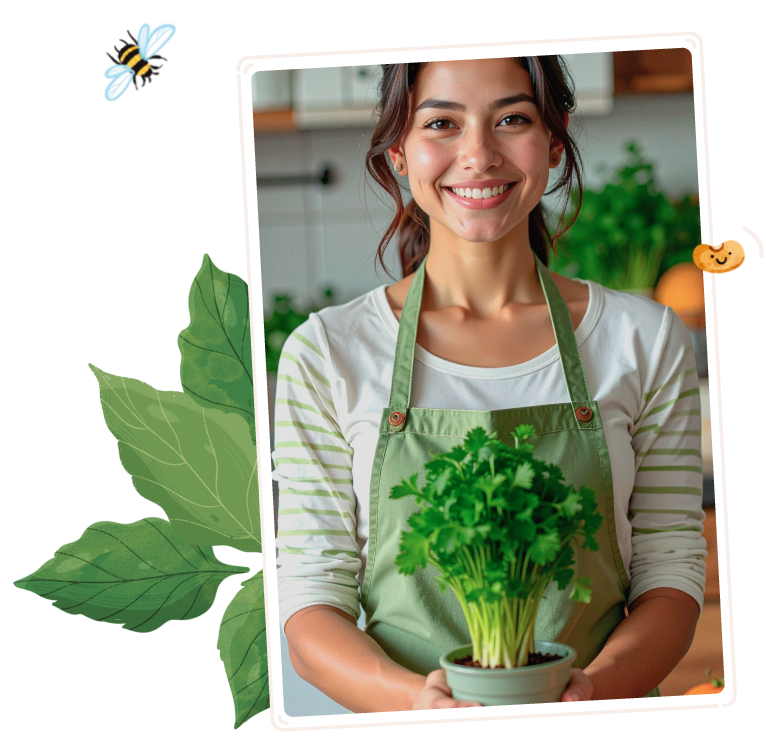
-
1
Find the Spot
Parsley thrives in cool, partial shade. Choose a planting spot that enjoys morning sunlight but is shielded from the harsh afternoon rays, receiving about 4-6 hours of light each day. If growing indoors, an east-facing window that offers gentle morning light is perfect.
-
2
Prep the Soil & Fertilizer
Use well-draining, rich soil. Parsley prefers a nutrient-dense environment, so mix in plenty of organic compost before planting or apply a balanced, slow-release fertilizer for optimal growth.
-
3
Plant the Seeds
Before planting, pour warm water over the seeds and let them soak for 24 hours. Discard any seeds that float to the top.
Plant 3 seeds or 1 seedling 1/4 inch deep in pots or the ground. Keep the soil moist, but not waterlogged, during germination.
Aim for a soil temperature between 70° to 80°F. Space seedlings or plants about 6-8 inches apart to provide enough room for their bushy growth.
Good Neighbors:
-
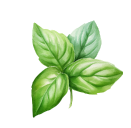
Basil:
Both herbs benefit from similar growing conditions and can repel pests from each other
-

Chives:
Help deter pests and enhance the overall health of parsley
-

Tomato:
Parsley repels tomato hornworms and attracts beneficial insects like hoverflies that feed on aphids
-

Asparagus:
Parsley deters asparagus beetles and stimulates foliage growth in asparagus
-

Rose:
Parsley deters pests and is believed to enhance the scent of rose flower
Enemy Plants:
-
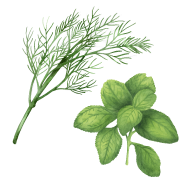
Dill & Mint:
Cross-pollination can lead to undesirable results
Attractants:
-
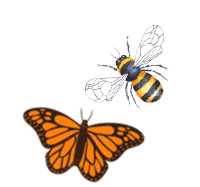
Butterflies & Bees:
Attracted to parsley's nectar
Repellents:
-
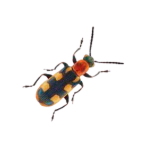
Asparagus Beetle
Repelled by parsley's aroma
Best Time to Plant
USDA Hardiness Zones


Day to Day Maintenance
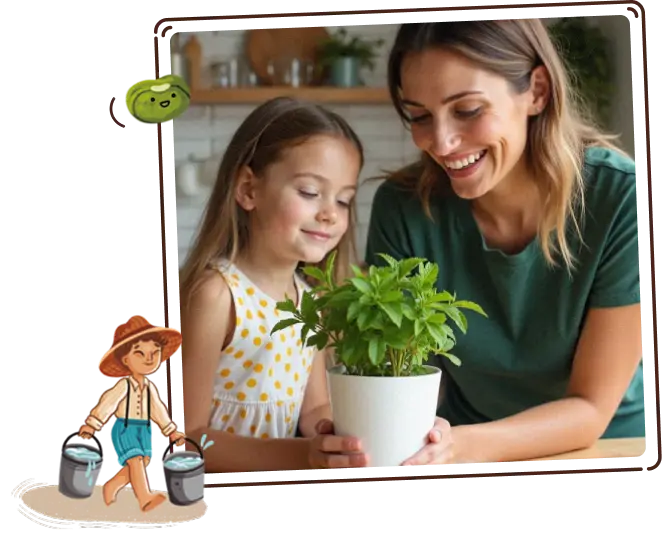
-
Watering
Water regularly to keep the soil consistently moist, as parsley thrives in damp conditions. Be cautious not to overwater, as standing water can lead to root rot.
-
Pruning
Parsley does not typically require pruning, but you can trim any overgrown or yellowing leaves to keep the plant healthy and tidy.
The Harvest
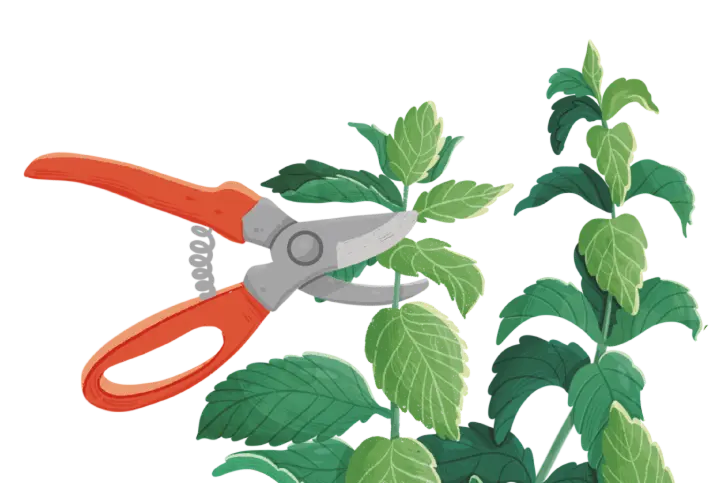
-
Gathering
Snip leaves as needed from the outside of the plant. Regular harvesting encourages new growth and can increase yield throughout the season.
-
For the best flavor, harvest parsley in the morning when the plant's essential oils are most concentrated.
Favorite Uses
-
Sauces
-
Soup
-
Grilled Meat
-
Salad
-
Garnish


How to Store
-
Room Temperature
Duration: One week
Location: Keep on a countertop away from direct sunlight
Method: Treat parsley like cut flowers. Trim the stems slightly and place them in a glass or jar of water, ensuring no leaves are submerged to prevent rotting. Change the water every few days.
-

Refrigeration
Duration: Up to two weeks
Location: Store in the refrigerator
Method: Wrap parsley leaves gently in a damp paper towel to maintain moisture but prevent the leaves from getting wet and soggy. Place the wrapped leaves in a plastic bag or an airtight container.
-

Freezing
Duration: Several months
Location: Store in the freezer
Method: Chop fresh parsley and mix with water, then freeze in ice cube trays. Once frozen, transfer the cubes to a freezer-safe bag or container for easy use in cooking.
-
Drying
Duration: One year
Location: Warm, dry, and well-ventilated area out of direct sunlight
Method: Hang bunches of parsley upside down or use a food dehydrator set to a low
Fun Facts

-
Rich in Nutrients:
Parsley is highly nutritious—it's packed with vitamins A, C, and K, and contains antioxidants and minerals like iron and potassium. It's more than just a garnish; it's a boost to your diet.
-
Breath Freshener
Chewing on parsley can help freshen your breath. This is because it contains high levels of chlorophyll, which is a natural deodorizer.
-
Grows as a Biennial
Although often grown as an annual, parsley is actually a biennial plant. This means it completes its life cycle over two years, flowering and seeding in the second year.
-
Butterfly Attraction
Parsley is a host plant for the larvae of the black swallowtail butterfly. Planting parsley in your garden can help attract these beautiful butterflies.
Subscribe to our Newsletter: "The Small Garden Chronicles"
Where curious growers gather for garden inspiration.
